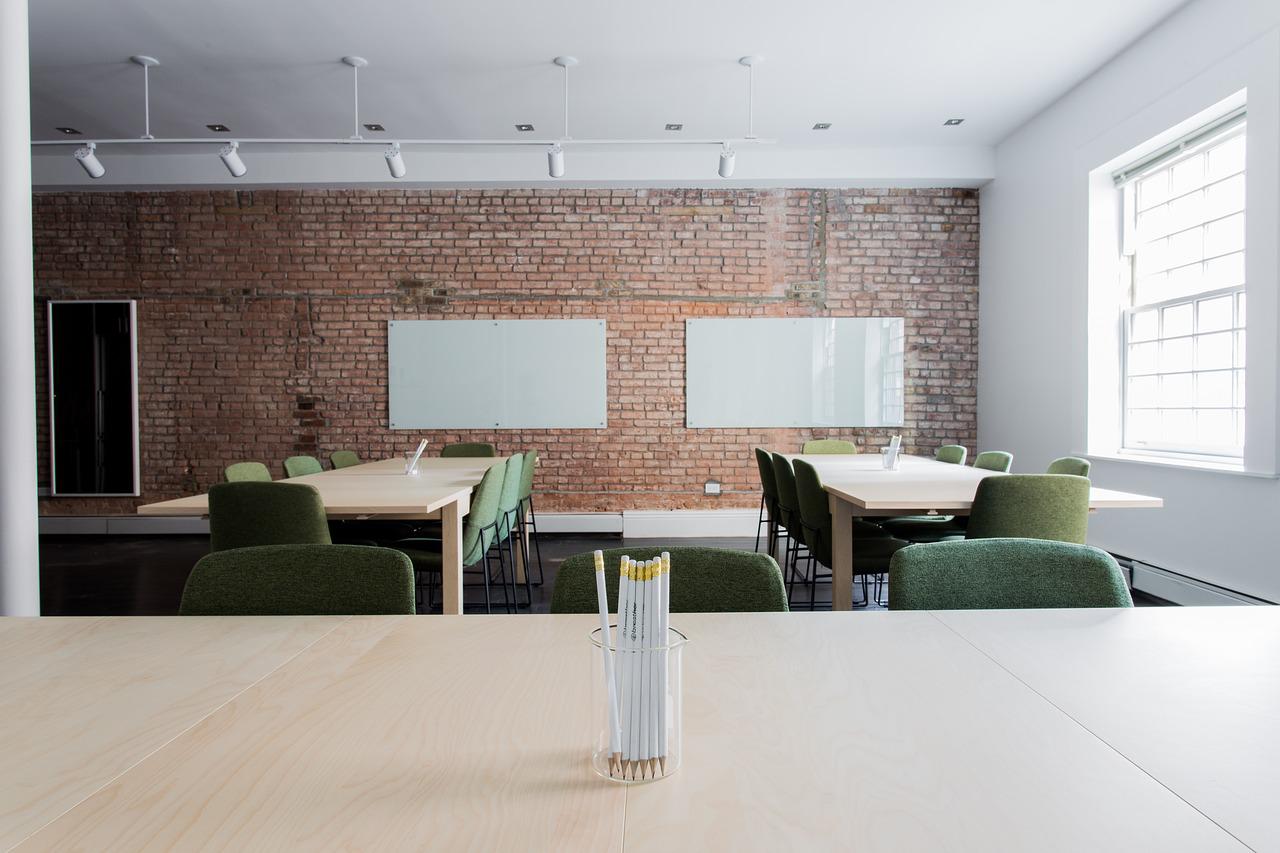Most people spend little time pondering how an office workplace building impacts upon them personally. But, given that many who work in offices will probably spend upwards of 80,000 working hours in such places, it’s hard to believe these workspaces have absolutely no influence on the workforce within.
In fact, at a sub-conscious level, we are all aware that buildings affect us. Note the English language is full of emotive words describing how we perceive different buildings: drab, cramped, creepy, impressive, tall, modernistic etc. being just a few adjectives which imply we’re not really neutral about the shape and style of our workplace. Employers too understand that their workers, and many others in the world beyond the office, are influenced by the visible work environment. So how a company designs, operates and maintains its commercial office space represents a key opportunity to convey a simple message to its workforce: We care about you.
Workplaces reflect corporate culture
In times gone by, the legal profession were often depicted as rather aloof characters inclined to be secretive and evasive. Lawyer’s chambers from that age usually consisted of a suite of elaborately furnished private rooms, each separated from the next by long dark corridors – an image hardly likely to challenge the Dickensian stereotype.
By contrast, modern law firms wish to project an altogether different image – that of honest, plain-speaking professionals with a firm commitment to transparency. Hence, well lit open-plan office spaces where all colleagues can meet together, and where clients are permitted to see the organisation at work, have now become the order of the day.
Most modern workplaces try to transmit a similar sense of openness and accessibility. And most corporate employers realise the critical importance of ‘opthalmoception’ – picking up messages by visual means, because sight is our dominant sensory response.
Work spaces that reflect our nature and origins
Down the ages, humans have evolved in harmony with nature. That’s why we find big open skies inspiring, love the calm of beautiful landscapes, and feel protected under a canopy of trees, or in some cavernous natural shelter. Throughout history, our own important religious, cultural and social structures have always tried to echo and reinforce such feelings with their grand designs.
This trend is perhaps most obvious in the breathtaking ceilings that adorn so many historical buildings. The original architects would have been fully aware that the word ‘ceiling’ is itself derived from the Latin word for heaven (caelum), which surely explains the massive creative effort habitually put into this part of the structure – often by a superb range of artists and master craftsmen. Thus we are all accustomed to expect a visual reward, and important clues about style and identity, when looking upwards in such locations.
At a practical level, biologists and behavioural scientists would also observe that human eyes are positioned near the top of the head. So it would be quite natural for us to first notice, and pay more attention to, any building element visible at, and/or above, our normal eye level. Yet, far too often, workers gazing up to an office ceiling look upon an area of relentlessly uninspiring anonymity. Standing or seated, there are few visible elements of light, contrast, depth, texture or colour which might spark our evolutionary memory and feed a little joy back into our daily existence.
Balance and moderation
As industry experts Western Industrial can testify, balancing engineering and service requirements while also meeting the needs of landlords and tenants demands a willingness to accommodate and compromise. However, office ceilings don’t have to be uniformly bland. Many office refurbishments reveal older buildings with ceilings of real character created by a thoughtful blend of materials. Proof enough that beautiful ceilings can be successfully designed with imagination and a will to abandon rigid grids and unrelenting plasterboard. Alternatives such as wooden battens, acoustic diffusers, and floating panels can add variety, texture and contrast to produce a tasteful ceiling which transforms an interior space.
Best of all, it sends an unmistakable message to occupants and visitors that they have entered an area where people come first.
Future-oriented design and construction
Today’s buildings will probably outlive their designers: Remember, office interiors presently in the design phase will surely house many talented workers yet to be born. Which means design and construction experts cannot think only of current trends, they must also be mindful of the need to create buildings and spaces which have the ability to embrace and live with change.
Modern construction favours asymmetric shapes: Planners celebrate the innovation, estate agents applaud the stylish imagery, and developers warmly welcome the increased floor space. Exciting though it is to construct such rich working environments, the interior detailing of irregular rooms and open spaces can still be challenging.
But it’s future-proofing these designs which usually demands the greatest ingenuity. So, again using ceilings as an example, a well-designed suspended ceiling can enhance any office interior. But its greatest asset may well turn out to be an ability to be easily re-modelled and re-cycled – 25 years or more after it was first installed.
